A proposed battery energy storage system on the north banks of the Tay would be “a blot on the landscape”, according to locals.
A plan by Opdenergy UK 13 Ltd has drawn seven objections from residents and also the local community council.
Other concerns include fire risk, noxious gases hazard and noise.
Opdenergy has applied to Perth and Kinross Council for permission to develop on the north shore of Loch Tay at Morenish, near Killin.
The company’s design statement says the system would store excess energy on the grid when power generation peaks, and release energy when demand peaks.
It adds: “The proposed development would provide essential energy balancing services to the National Grid and would actively contribute towards Scotland’s CO2 reduction targets.”
It continues: “The environmental studies and other analysis conclude that the impacts of the proposal have been shown to be acceptable and, where harm has been identified, it has been demonstrated this is particularly limited and falls some way below a threshold which would warrant the withholding of planning permission.”
Among the objectors is Glenlyon and Loch Tay Community Council, whose response says: “Fires and explosions associated with these batteries is now a recognised risk.”
It adds: “Local authority policy states development must contribute positively to the quality of the surrounding built and natural environment.
“This requirement is not met in any respect.
“It will be highly visible from the far side of the loch, the loch itself, parts of Killin and the national park, and some aspects of Ben Lawers and its associated mountains.
“A veritable blot on the landscape of this local scenic area.”
Alyth allotments go-ahead if contamination study all-clear
An application for new allotments on the old Isla Glen golf course in Alyth has been approved.
The proposal is for a site with flexible plots, a range of sheds and a five-bay car park on the disused golf course.
The development will not be permitted to begin until the completion of an evaluation on potential contamination on the site from its previous use.
The council’s decision statement said golf courses can have negative impacts on the environment around them, as chemicals used to maintain the land can contaminate local water sources.
This, in turn, can impact local wildlife and the health of the surrounding area.
Anger over Blairgowrie garage proposal
Angry locals have objected to a plan to convert a store in Blairgowrie into a garage.
Ron Cannon has applied to Perth and Kinross Council for a change of use to turn the clothing storage and workshop in James Street to a workshop and garage.
One floor of the building would be used to carry out MOTs, with the other for storage.
Mr Canon says he would repair the building, which he says is deteriorating, and maintain it to a high standard.
Access would remain the same and no on-street parking is necessary.
However, the application has drawn 13 objections, mostly over parking concerns, noise pollution and being out of character with the local area.
Among the objectors is Blairgowrie Parish Church, sited opposite.
Its main concerns are loss of car parking, noise pollution, being out of character with the area, road safety and traffic congestion.
Another objector comments: “This is a residential and designated conservation area.
“A planning application in favour would put great pressure on me and my neighbours by customers of the garage. Traffic problems, noise and pollution would increase.”
Murthly signal box may be turned into holiday home
A former railway signal box in Murthly may be converted into holiday accommodation.
Perth and Kinross Council is being asked to approve a proposal for the signal box on Station Road.
Planning agent Lucid Architecture says the scheme would find a new use of the B-listed signal box building at the level crossing on Station Road, Murthly.
Their report says: “The existing structure is an unusual timber structure that is quite unique in design and is an important historical feature in the village, apparently being the last surviving example of the Highland Railway’s Mackenzie & Holland signal boxes.
“Unfortunately, the building is in a relatively poor state of repair and is on the Buildings at Risk Register.”
They describe the signal box as a fine example of its type, but whose function has been removed by modern technology.
It was built in 1898 for the Highland Railway and relocated from Inverness to Murthly in 1919.
The signal box is owned and will continue to be owned by Network Rail and has been disused since 1976.
Council protects trees on banks of the Tay at Dunkeld
A bid to remove 10 trees from the banks of the River Tay at Dunkeld has been refused.
The owner of land south-east of Gardeners Cottage at Eastwood House on Boat Road, Dunkeld applied for full planning permission for the formation of a vehicular access at the site.
A planning statement for the applicant said the scheme required the removal of 10 trees for the creation of a turning head and parking area.
It claimed the proposal would have no adverse ecological impact on the wider area.
It added the scheme would allow the applicant “proper enjoyment” of land within their ownership and support access to recreation and sport on the fishery (also within their ownership) at the edge of the Tay.
However, Perth and Kinross Council refused the application as it would have resulted in the loss of ancient woodland.
Here are the links to the planning/appeal papers for the Perth and Kinross applications

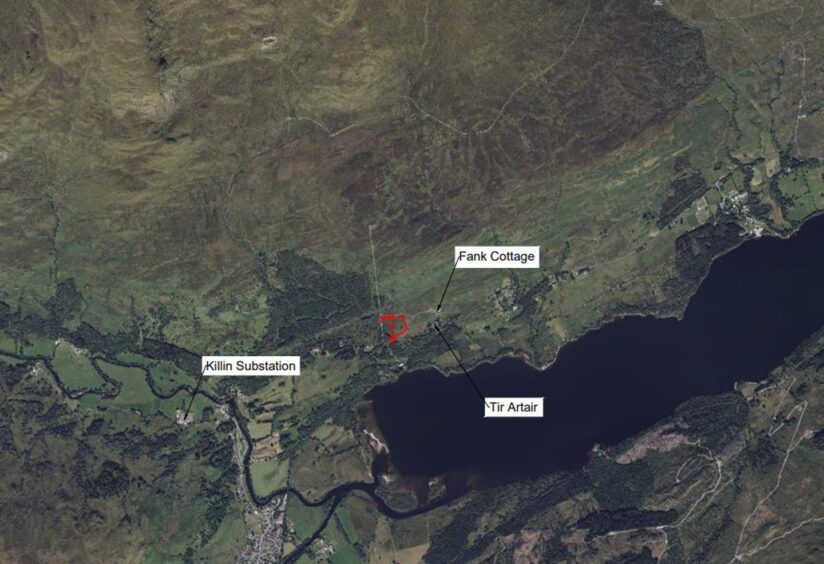
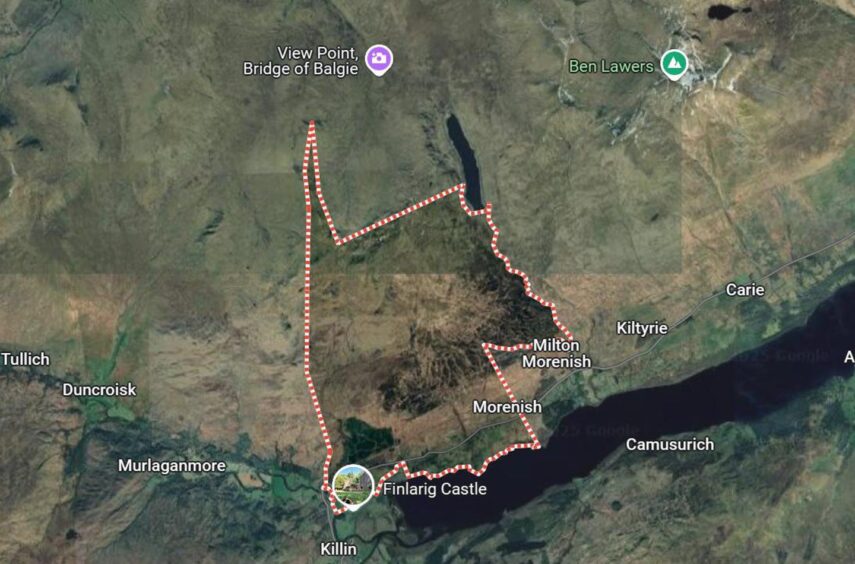
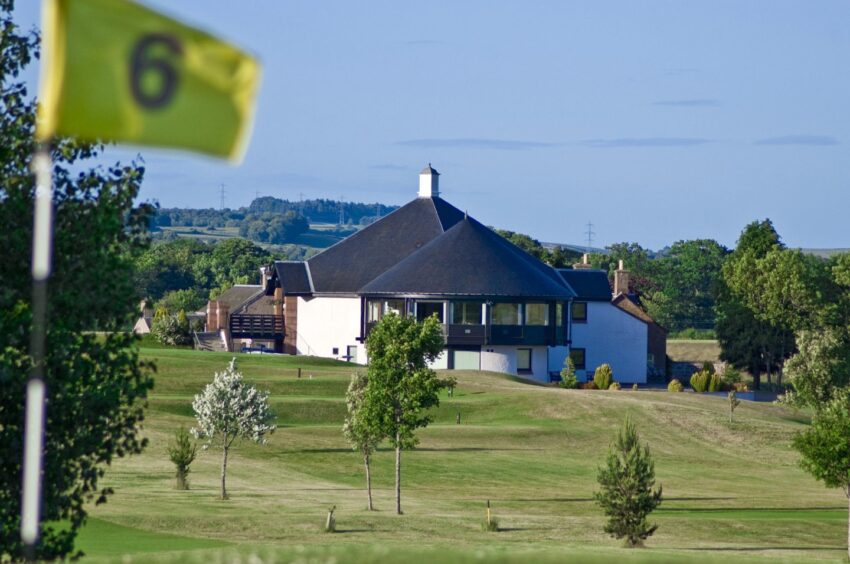
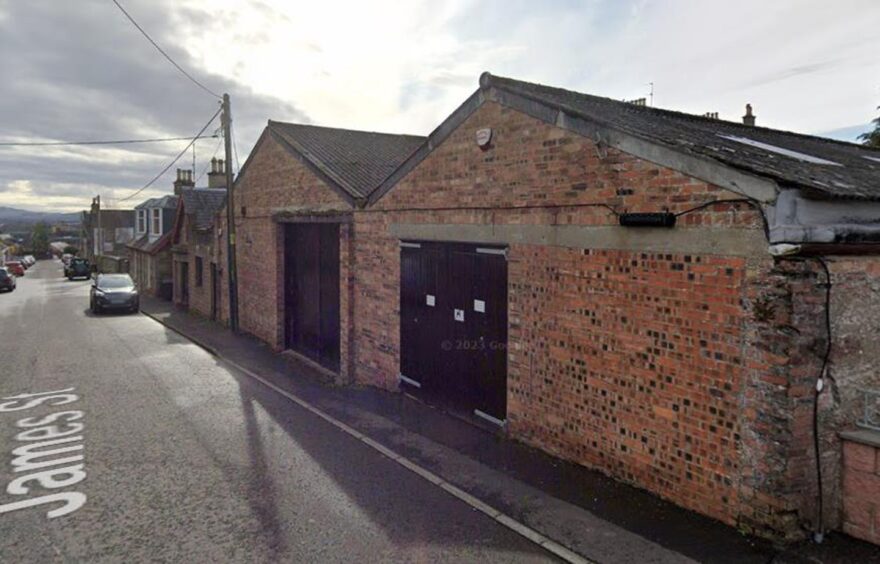
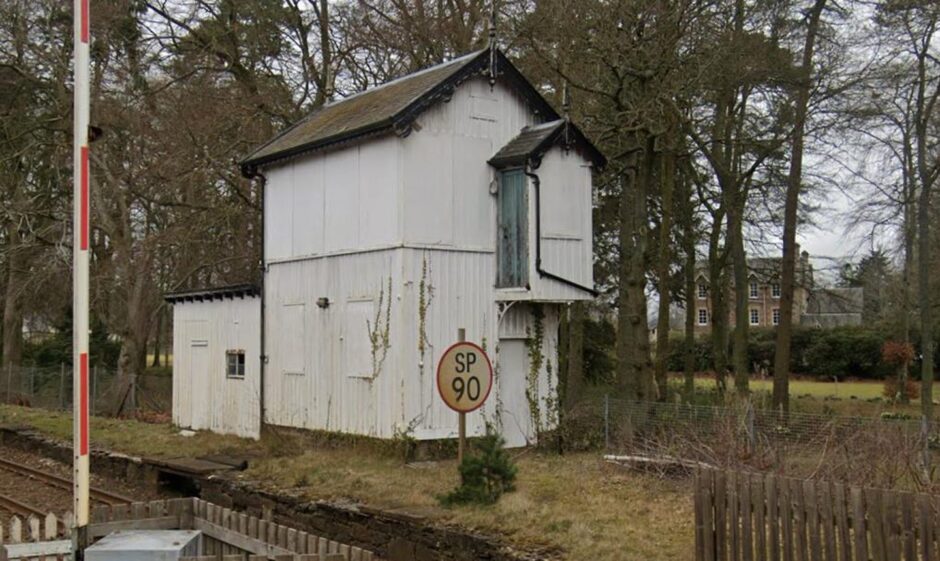
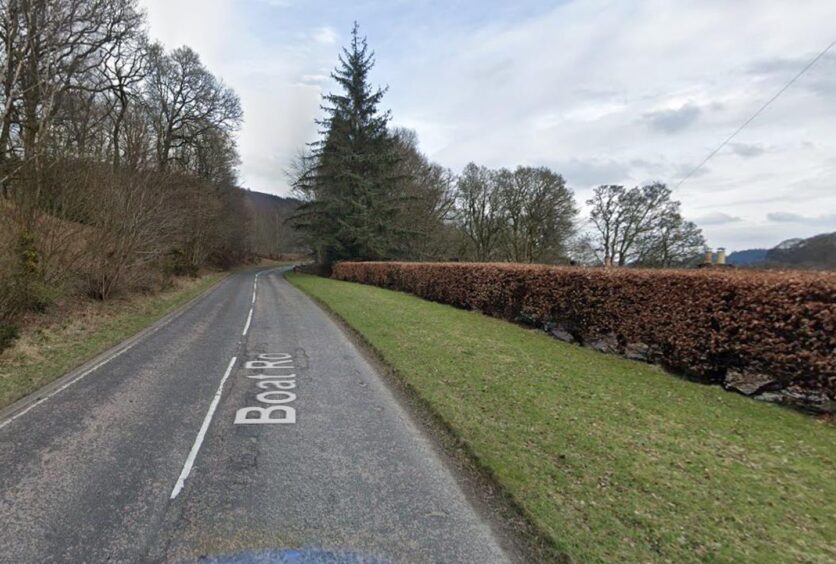

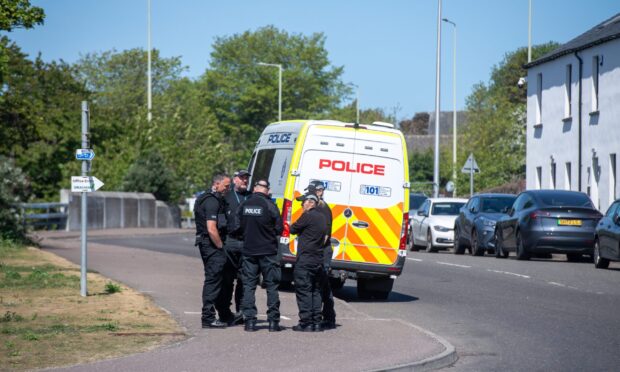
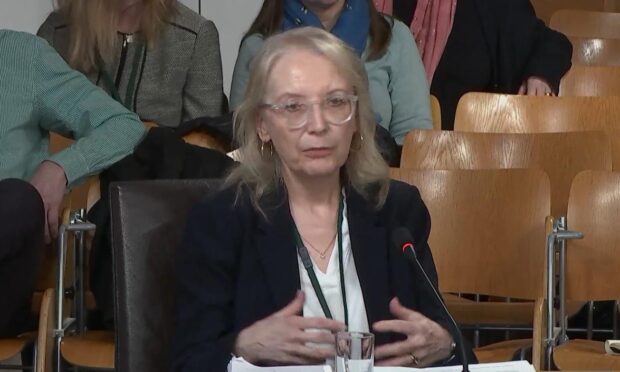
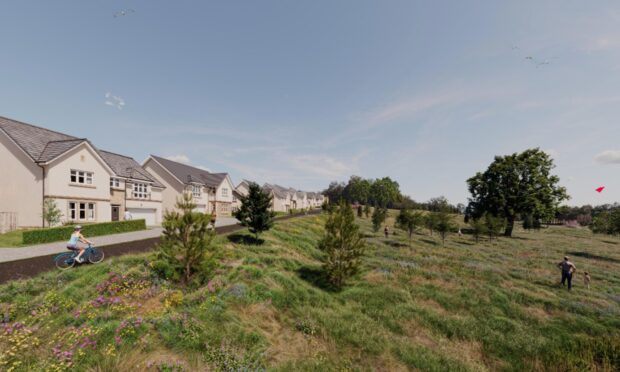
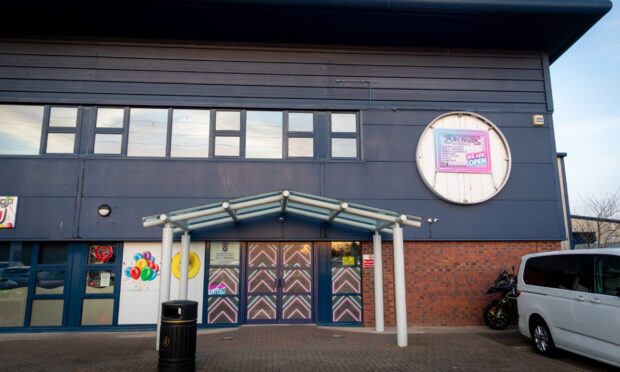

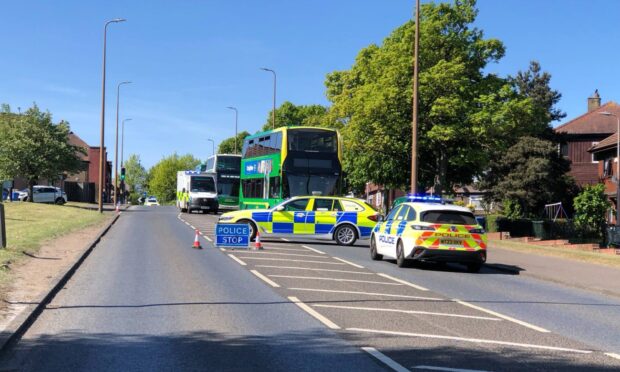

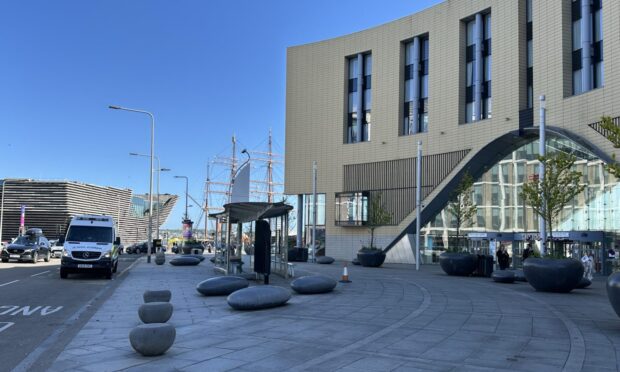
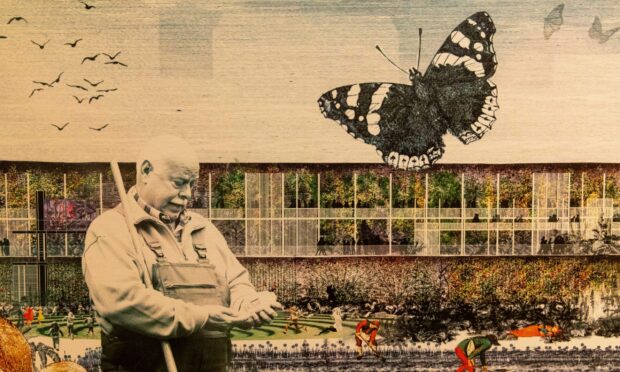
Conversation